Introduction: The Foundation of Cyber Security
In the world of cybersecurity, one model remains constant in its relevance and application: the CIA Triad. It forms the cornerstone of information security principles used to protect data, systems, and networks from internal and external threats. Whether you’re a beginner exploring Cyber security training and placement opportunities or an IT professional aiming to strengthen your knowledge of data protection, understanding the CIA Triad is foundational to your success.
Cyber security training with job placement focuses on real-world applications, and mastering the CIA is essential for anyone pursuing a successful career in this domain. But what exactly is the CIA Triad, and why is it considered the backbone of all secure systems?
Let’s break it down in detail, supported by practical examples, best practices, and insights relevant to current job roles and expectations.
What is the CIA Triad in Cyber Security?
The CIA Triad is a foundational model that guides security policies, controls, and best practices. It stands for:
- Confidentiality
- Integrity
- Availability
Each pillar of the CIA Triad plays a critical role in safeguarding data and maintaining the reliability of digital systems. Let’s explore these components one by one.
1. Confidentiality: Protecting Sensitive Information
Confidentiality, the first pillar of the CIA Triad, refers to the assurance that sensitive information is accessible only to those with authorized access. The objective is to prevent data breaches, leaks, or unauthorized disclosures.
Real-World Example:
In the healthcare industry, protecting patient medical records is not only ethical but also a legal requirement under HIPAA. Any unauthorized access can result in massive penalties.
Techniques to Ensure Confidentiality:
- Data encryption (AES-256, RSA)
- Multi-factor authentication (MFA)
- Role-based access controls (RBAC)
- Strong password policies
- Secure communication protocols (SSL/TLS)
Training Insight:
Most cyber security training and placement programs, like those at H2K Infosys, begin with foundational modules on encryption, identity management, and access control key practices that uphold Confidentiality in the CIA Triad.
2. Integrity: Ensuring Data Accuracy and Trust
Integrity in the CIA Triad means safeguarding the accuracy, consistency, and trustworthiness of data across its lifecycle. It ensures data hasn’t been altered or tampered with during transmission or storage.
Real-World Example:
Imagine a bank where transaction logs are modified. Even a small error or manipulation can lead to fraud, financial losses, and reputational damage.
Methods to Maintain Integrity:
- Cryptographic hash functions (SHA-256)
- Digital signatures
- Checksums and hashing
- File integrity monitoring (FIM)
- Version control systems
Job-Oriented Insight:
Employers look for candidates who can validate and verify data integrity in systems. Cyber security courses with placement often include practical labs on using tools like HashCalc and GnuPG to reinforce the Integrity aspect of the CIA Triad.
3. Availability: Keeping Data and Systems Accessible
Availability, the third element of the CIA Triad, ensures that systems, data, and services are accessible when needed by authorized users. Without availability, business continuity, customer satisfaction, and operational efficiency are all compromised.
Real-World Example:
A DDoS (Distributed Denial of Service) attack on an e-commerce website can cripple sales operations by making the platform unavailable to customers.
Methods to Enhance Availability:
- Load balancing and server clustering
- Disaster recovery and backup solutions
- Cloud auto-scaling and CDN integration
- Patch management and system updates
- Incident response planning
Training Advantage:
At H2K Infosys, cyber security training with job placement includes simulated attack labs where learners respond to availability threats and develop mitigation strategies, bringing the Availability principle of the CIA Triad to life.

Why the CIA Triad Is Crucial in Today’s Cyber World
1. Industry Relevance
It is embedded in every major security standard and regulation, such as ISO 27001, NIST, HIPAA, and GDPR. Organizations use the CIA as a framework to assess risks, implement security controls, and build secure architectures.
2. Employer Expectations
Recruiters prioritize candidates who understand the CIA and can apply its principles in real-world scenarios. Whether you’re applying for a role as a Security Analyst or Information Security Officer, knowledge of the CIA sets you apart.
3. Career Growth
Mastery of the CIA is often tested in job interviews, certification exams, and real-time project tasks. It lays the groundwork for more advanced roles in cyber defense, security operations, and IT governance.
Hands-On Example: CIA in Action
Scenario:
You’re a cybersecurity professional at an e-commerce company preparing for a massive online sale. Your job is to ensure that all customer data remains secure, accurate, and accessible during high traffic.
CIA Triad Implementation:
Confidentiality Measures:
- Deploy SSL/TLS on all transaction pages.
- Enable role-based access for employees.
Integrity Measures:
- Use cryptographic hashing on order records.
- Set up file integrity monitoring for key logs.
Availability Measures:
- Use load balancers and auto-scaling servers.
- Create a real-time backup and recovery plan.
This example demonstrates how the CIA works together harmoniously to maintain system security and reliability.
How H2K Infosys Equips You with CIA Triad Mastery
At H2K Infosys, our cyber security training and placement programs are specifically designed to give learners in-depth, real-world experience with the CIA Triad.
What You’ll Gain:
- Comprehensive Understanding: Learn each component of the CIA through practical scenarios.
- Hands-On Labs: Work on simulations and threat modeling based on CIA principles.
- Job-Focused Curriculum: Training is aligned with current employer demands.
- Placement Assistance: Get interview prep, resume support, and job referrals through our dedicated placement services.
Certifications that Reinforce CIA Triad Expertise
Mastering the CIA Triad helps you prepare for globally recognized certifications such as:
- CompTIA Security+
- Certified Ethical Hacker (CEH)
- Certified Information Systems Security Professional (CISSP)
- Certified Information Security Manager (CISM)
These certifications, combined with H2K Infosys’ cyber security training and placement, significantly enhance your marketability.
Key Takeaways
- The CIA Triad (Confidentiality, Integrity, Availability) is the foundation of all cyber security frameworks.
- Each component serves a distinct purpose, but must work together for complete protection.
- Real-world implementation of the CIA Triad is a skill employers actively seek.
- With H2K Infosys, you get practical, job-focused training rooted in the CIA Triad.
Conclusion: Turn CIA Triad Theory into a Career Opportunity
The CIA is more than a theoretical concept; it’s a real-world framework that drives day-to-day decisions in secure environments. Whether you’re entering the field or aiming to upskill, mastering the CIA Triad is a career investment that pays off.
Join H2K Infosys today to gain hands-on experience with the CIA Triad through expert-led cyber security courses. Our Cyber security course and job placement ensure you’re not only certified but also career-ready.
Let the CIA Triad be your stepping stone to a secure and successful future in cybersecurity.
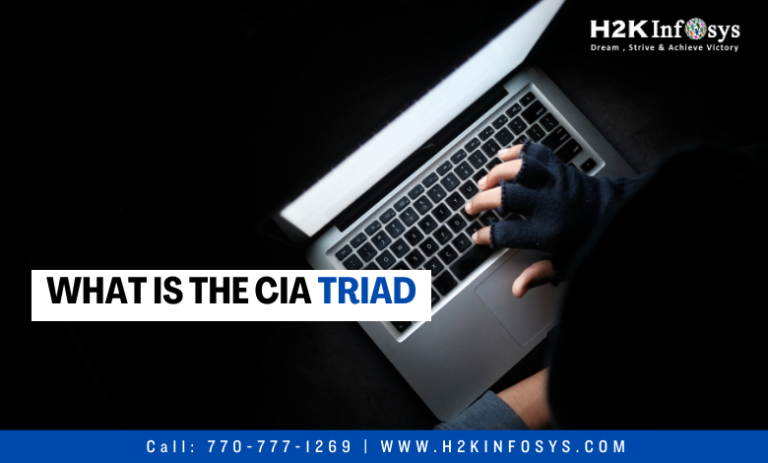






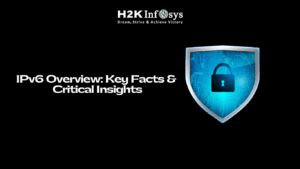
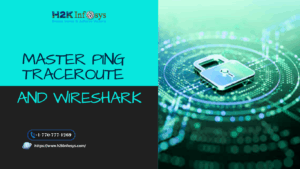
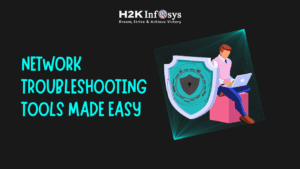
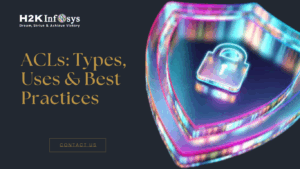

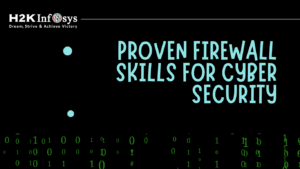


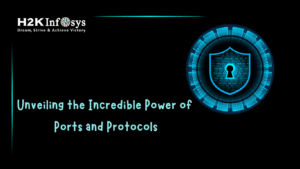
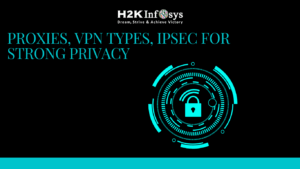













One Response